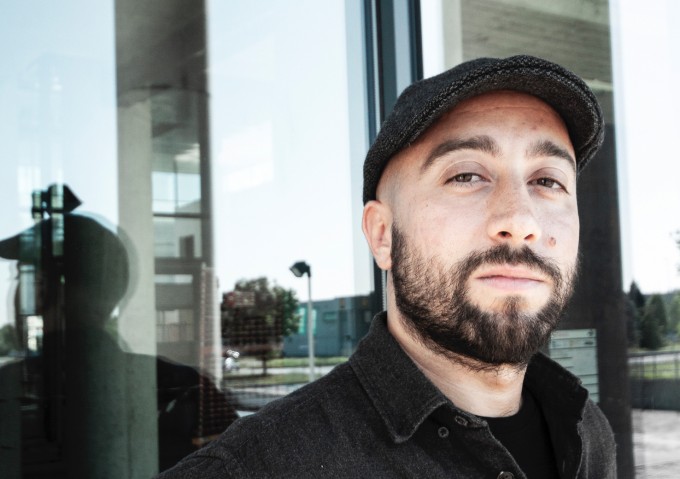

Julian Scordato is a composer, multimedia artist and technologist. He graduated in composition and electronic music from the Conservatory of Venice and completed a master's degree in sound art at the University of Barcelona. Co-founding member of the Arazzi Laptop Ensemble, he was a research assistant at SaMPL – Sound and Music Processing Lab, Padua. As a music technologist, Scordato has presented results related to interactive performance systems and graphic notation tools in conferences and lectures. He has worked as professor of electronic music at the Conservatories of Brescia and Salerno, and currently holds the chair of electroacoustic music composition at the Conservatory of Cuneo, Italy.
His award-winning electroacoustic and audiovisual works have been performed and exhibited in international festivals and institutions including Venice Biennale, Institute of Contemporary Arts (London), Centre de Cultura Contemporània de Barcelona, Prague Quadrennial of Performance Design and Space, Cervantes Institute (Rio de Janeiro), Gaudeamus Music Week (Utrecht), Centre for Contemporary Arts (Glasgow), Sonorities Festival (Belfast), Seoul International Computer Music Festival, Art & Science Days (Bourges), Kochi-Muziris Biennale, Center for Computer Research in Music and Acoustics (Stanford), Contemporary Music Research Center (Athens), ZKM Center for Art and Media Karlsruhe, Spektrum Art Science Community (Berlin), and New York City Electroacoustic Music Festival. His music has been broadcast by Radio UNAM, NAISA Webcast, Resonance FM, RAI Radio3, RadioCemat, Radio Papesse, RadioCona, Radiophrenia, Radio Gracia, Radio Circulo, and other stations. His scores have been published by Ars Publica and Taukay Edizioni Musicali.
Study for a cosmic city, 7', 2018, Italy
Study for a cosmic city is inspired by a utopian urban proposal exposed by the composer and architect Iannis Xenakis in an essay entitled "La Ville Cosmique" (1965).
As an attempt to relate computer graphics to sound formalization, the structures characterizing the utopian city are designed using superquadratic curves – instead of hyperbolic paraboloids as in Xenakis – which can describe reasonable variations of both amplitude and pitch. Parameter values extracted from buildings and paths are used to process sound materials from unidentified radio transmissions actually received worldwide. In the graphic representation, each building transmits a specific radio signal whose quality and intensity depend on cursor's position, also interfering with the other sound sources. Paths on the ground, instead, define the meso- and macro-formal articulation of the audiovisual work as well as the spatialization of processed audio signals.
www.julianscordato.com




